11 Material and Fabric for Beanies
Mar 16,2023 | ForemostHat
If you want a good beanie, you must choose a suitable material. In this article, I will show eleven materials used to custom beanies.
1. Acrylic
Basic Introduction
Acrylic, also known as Orlon, is one of the three varieties of synthetic fiber, and production rank as the third largest after polyester and nylon. It's soft, light, warm, and corrosion-resistant, light-resistant, with short fibers like wool, lower density than wool, known as artificial wool.

Main Properties: Keep warm
Acrylic fibers are much better warm than wool fabrics because the fibers are fluffy, curly, and feel very soft.
Acrylic fiber is fluffy, curly and soft, and elastic. However, the residual deformation of acrylic fiber fabric is more significant. Therefore, the cuffs and necklines of acrylic fabric are easy to deform.
Hygroscopic and chromatic properties
Due to its tight structure, its hygroscopy is low, and the return rate is about 1.2-2.0% under general atmospheric conditions. It has poor coloration and can be improved by introducing the second and third monomers.
2. Cotton
2.1. Hygroscopy: Cotton fiber has good hygroscopic properties. Under normal conditions, the fiber absorbs water into the surrounding atmosphere with a moisture content of 8-10%, so it can make people feel soft and not rigid.
2.2. Insulation: Cotton fiber is a bad conductor of heat and electricity and has low heat conductivity. Also, it is a porous property and high elastic advantage; its fiber can accumulate a large amount of air, and the atmosphere is a bad conductor of heat and electricity.
2.3. Heat Resistance: Pure cotton fabric has good heat resistance and can only cause water evaporation on the material below 110 ° C without damaging the fiber. Therefore, pure cotton fabric cannot influence the fabric at average temperature, wear, wash, dye, etc.

3. Organic cotton
Basic Introduction
Organic cotton is cotton that is grown without the use of synthetic fertilizers and pesticides. While polyester has dominated the fiber for nearly 20 years, organic cotton continues on an upward trend.1 Here, we analyze this rise and uncover where organic cotton falls on the sustainability scale.
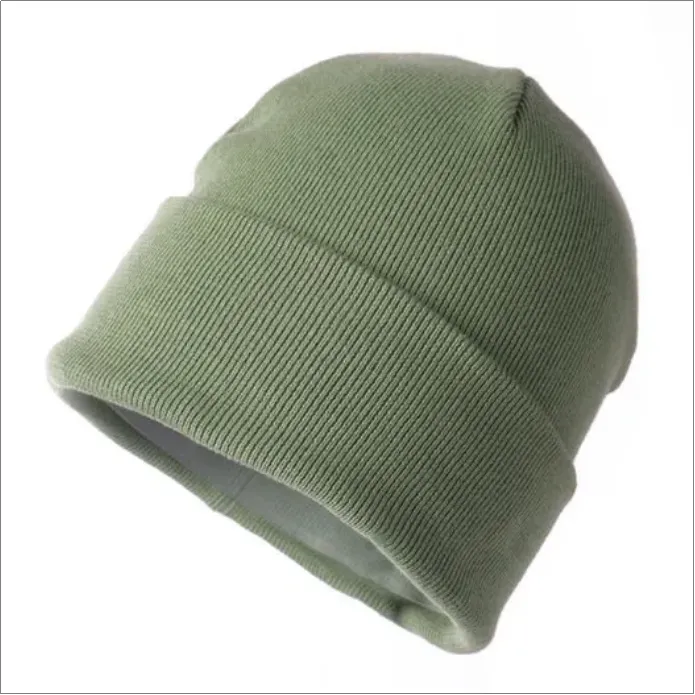
Main Properties
3.1. This cotton is biocontrol in naturally grown organic fats, is harmless throughout the culture process, and does not use other chemicals.
3.2. The organic cotton planting environment is clean and has no pollution; the moisture absorption is better, warm, and soft.
3.3. The fabric is also breathable enough to keep human skin dry and comfortable and can be used to make tight clothes.
4. Wool
Basic Introduction
It comes from sheep, even if it is beautiful, both in industry and professionally. Wool products have an expansive feel, and good warmth, and are comfortable to wear. The best wool in the world comes from Australia.
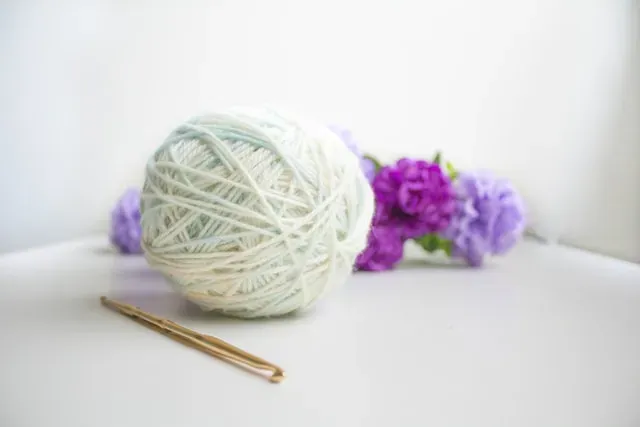
Main Properties
4.1. Good Fabric Drape is not easy to fold and has elastic stretch, better texture, and more natural fabric gloss.
4.2. Moisture Absorption: Wool is a natural fiber with good moisture absorption. The research shows that moisture absorption is better than the standard synthetic fiber and natural fiber such as cotton and silk under all temperature and humidity conditions.
4.3. High Water Absorption: Wool is a perfect hydrophilic fiber and is very soothing to wear.
5. Merino Wool
Basic Introduction
Produced from Merino sheep, usually considered a superb wool product, it is curly, light, soft, and resilient. Merino wool is characterized by homogeneous wool mass, more than 60 strands of quality, up to 80 most OK, mainly in the range of 60 ~ 70.
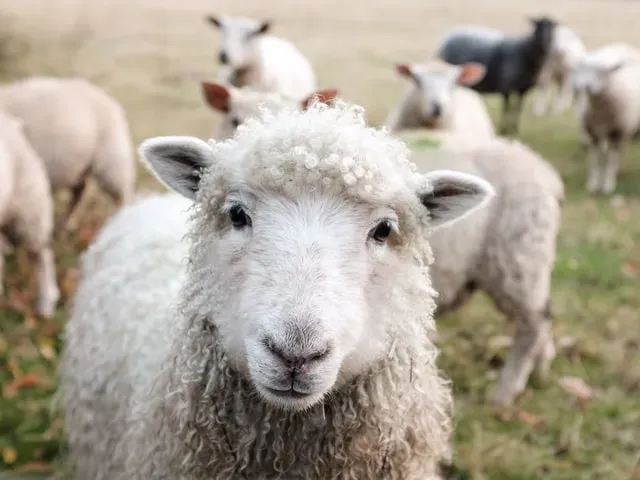
Main Properties
5.1. Temperature Regulation: During the colder months, the natural crimp in wool helps trap air better than other fibers. This trapped air is an excellent insulator and keeps you warm regardless of the cool outside temperatures.
5.2. Durable: Merino wool is made of interlocking protein molecules called keratin (the same protein in our skin and hair). These keratin molecules allow the wool to be stretched and bent up to 30,000 times without breaking.
5.3. Hypoallergenic: Due to its natural fibers, Merino wool promotes a dry environment, inhibiting the growth of bacteria, fungus, mold, and dust mites. These moisture-wicking abilities make Merino wool naturally hypoallergenic.
6. Mohair Wool
Basic Introduction
Mohair, or Angora goat, is corrugated and known for its soft, glossy, and easy to dye. The hair of mohair is light and fluffy, with a unique gloss, natural drooping, smooth and plump. The yarn form of mohair is also diverse and can be blended with other hair fibers. Mohair is divided into the most common classes: common mohair, juvenile mohair, and ultra-juvenile mohair.
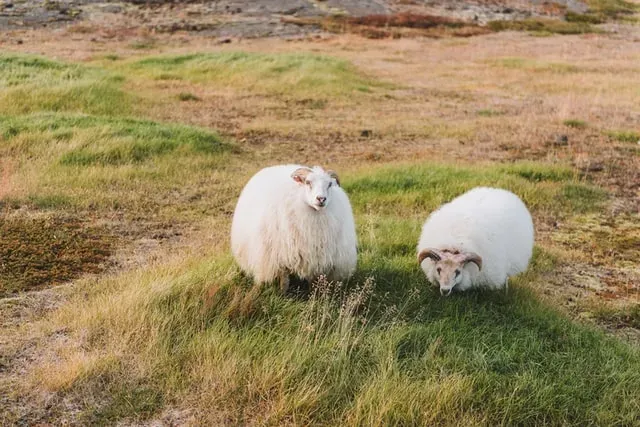
Main Properties
6.1. Strong and Durable: One of the most impressive benefits of mohair wool is its strength. This is thanks to the way the fibers are crimped, which gives them added elasticity. This makes mohair wool ideal for a number of applications, including clothing and upholstery.
6.2. Resistant to Dirt and Stains: Another great benefit of mohair wool is its resistance to dirt and stains. This is thanks to the fibers’ natural oils, which act as a barrier against dirt and grime. Mohair wool is also easy to clean, thanks to its resistance to shrinking and felting.
6.3. Hypoallergenic: Mohair wool is also hypoallergenic, which means it’s unlikely to cause any allergic reactions. Although the processing of mohair wool can sometimes introduce chemicals and allergens, the final product is typically hypoallergenic.
7. Iceland Yarn
Basic Introduction
The Icelandic sheep, like the Icelandic horse, has been more than a thousand years, descended from the sheep brought by the Nordic pirates from Scandinavia and Ireland in that year, and were essentially not hybridized with other sheep breeds and were a pure breed of sheep.
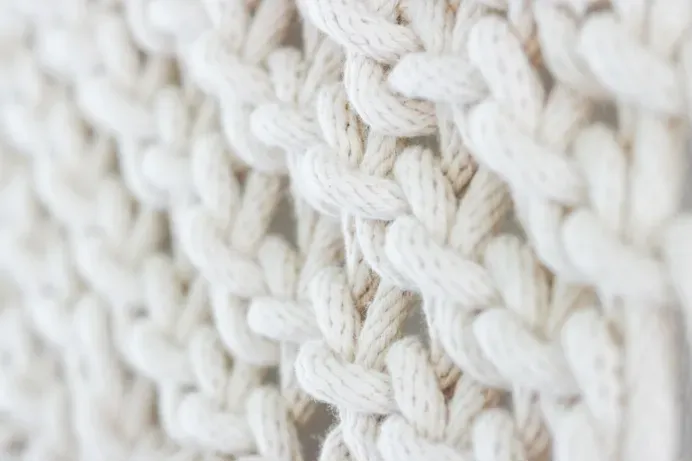
Main Properties
Wool is naturally sustainable (renewed supply each year).
Wool products are durable and long-lasting due to the strength of the wool fibers.
Wool has excellent body temperature regulation properties, keeping heat in or out as necessary.
8. Cashmere
Basic Introduction
A thin layer of fine velvet grows in the outer cortex of goats and covers the root of goats' coarse hair. When it is cold in winter, it develops a unique animal fiber that is rare for natural adaptation.
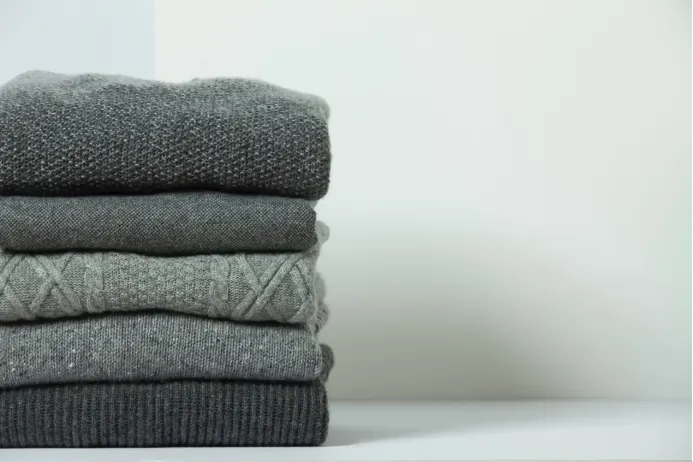
Main Properties
8.1. Softness : Cashmere is known for its softness, producing a luxury feel. Cashmere is from the soft fleecy underlayer of a cashmere goat. These fibers are an extremely fine diameter (less than 19 microns, comparatively a human hair is 60 - 120 microns) which is why cashmere feels so soft.
8.2. Insulation: Cashmere is up to 8 times more insulating than regular sheep’s wool, providing superior insulation. This is due to the harsh climate the cashmere goats live in, with extreme cold weather conditions.
8.3. Lightness: Cashmere is a lightweight fabric in comparison to the warmth it offers. Cashmere clothing is never bulky, which makes it easy to travel with – it won’t take up too much space in your suitcase.
9.Angora Rabbit Fur
Basic Introduction
Angolan rabbit hair color is white and fluffy, the fiber slender and soft, the coarse hair is less, the warm property is substantial, the moisture rate is high, and has the characteristics of light, smooth, soft, beautiful, friendly, and so on, a kind of advanced textile raw material.

Main Properties
9.1. Warmth: There are a lot of good-quality winter jackets and coats that can keep one warm, but there is no comparison when it comes to fur coats. Many people prefer heavy fur coats as they not only provide warmth in harsh winters but also keep on being comfortable.
9.2. Durability: If a fur garment is well taken care of, it can last for years. You can wear it for as long as you want and then can even pass it down to generations. Unlike other winter garments that are damaged quickly and often need repair, furs can last for many years.
9.3. Comfort: Many people don’t like the winter season because it makes them feel dry, itchy, and uncomfortable. Winter can become more enjoyable if one is prepared for it properly.
10.Fleece
Basic Introduction
Fleece is a synthetic material that is soft, fuzzy and fluffy. It includes polyesterand other artificial fibers. The material is lightweight, moisture-repellent and unpretentious. Fleece keeps warm well, one might say, like real wool.

Main Properties
10.1. Good durability: It can withstand multiple washings and a lot of wear and tear, which is why it is an excellent choice for outwear and activewear. In addition to its durability, it is also lightweight and breathable.
10.2. Wicks moisture away and dries quickly: another reason outdoor adventurers love it! It is also a very warm and insulating fabric. Because of its warm and insulating properties, it makes an excellent lining for jackets, boots, gloves, and hats. Additionally, you can make all of these items directly from fleece without additional fabrics.
11.Polyester
Basic Introduction
Polyester is a synthetic fabric that’s usually derived from petroleum. This fabric is one of the world’s most popular textiles, and it is used in thousands of different consumer and industrial applications.
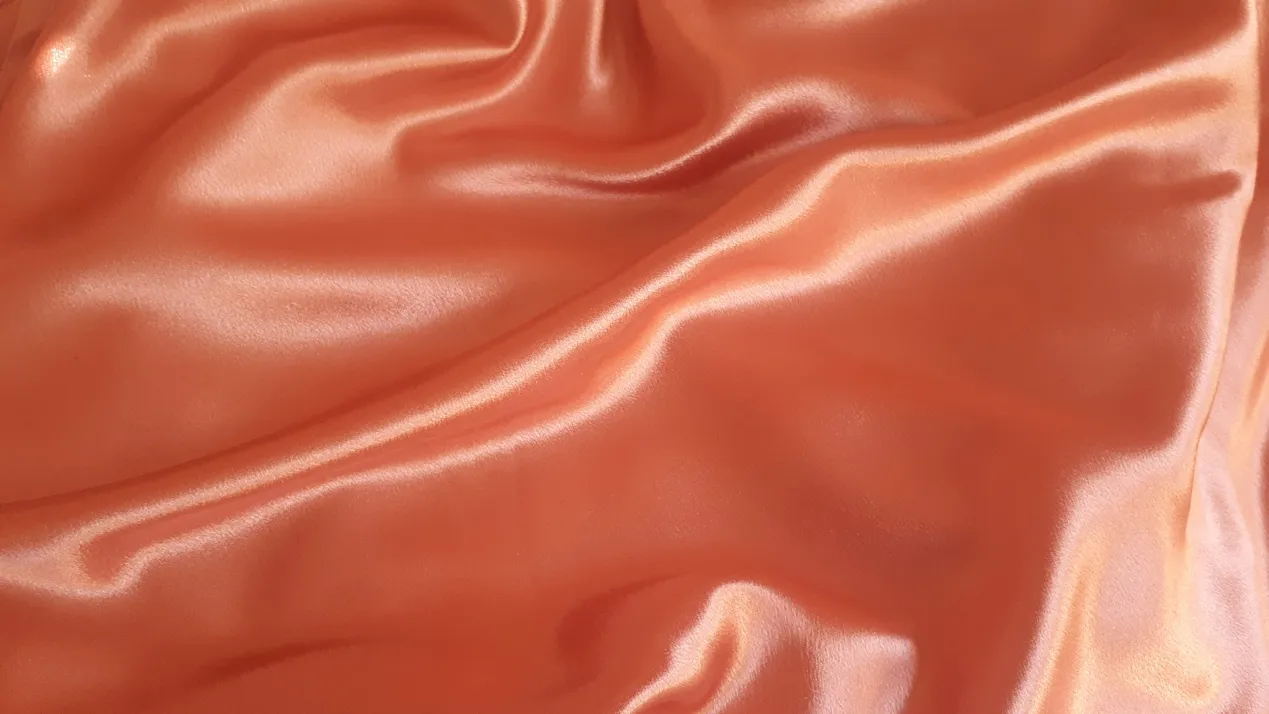
Main Properties
Polyester is available in different grades depending upon the application where it is to be used. It is available as a homopolymer and a version created by modification with copolymers. When used in textiles and for making fabrics, it is known as polyester. When used in packaging, it is known as PET. It was also known as PET-P at a point in time. Whatever its name, polyester has many advantages such as:
Polyester is transparent and has good transmissivity
Polyester is low cost and readily available
Polyester is resistant to moisture and has low water absorption
That’s all for today, for more, you can visit websites such as sewport for knowledge. And which fabric do you like, any new ideas, let us know.



